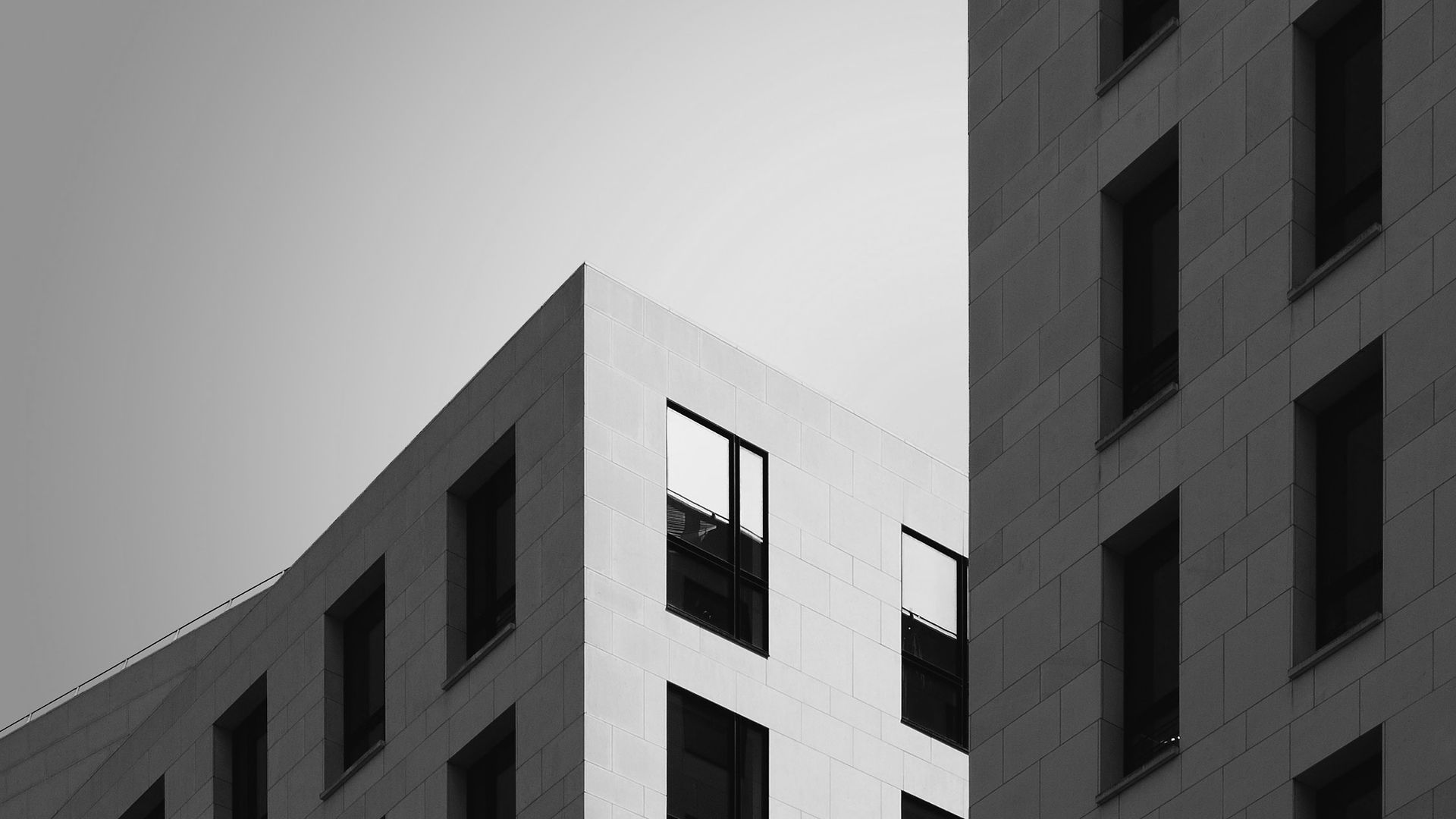


A nationwide leader in commercial, industrial and residential thermal imaging
Let Idaho Infrared help you put
together an effective predictive and preventative maintenance program for your electrical systems today!

Call or email us today to schedule:
(877) 4-IDAHO-IR (443-2464)
A division of Idaho Infrared
Click the image to take you to Idaho Ultrasound Services


Block Wall (CMU) Thermal Surveys
Block wall infrared testing of Grouted Cells and Insulated Cells
Why does the owner want to test for grouting and insulation?
-
Every building owner wants to get their money’s worth. They want the building that they designed and are paying for.
-
Other methods of testing, on-site testing companies, installing inspection ports, performing destructive testing and X-raying, are either ineffective, inefficient or too expensive.
-
Infrared thermography can be used on the job site as an effective way to improve the quality of construction and the product they get from the General Contractors.
Here are the advantages of Block Wall Scanning:
-
The building can be verified built to specifications of the architect and engineers. There is no need to ‘over-design’ to compensate for inevitable, previously unseen faults. This saves the owner from paying for more materials than are needed and simplifies the construction process, saving valuable time [READ MONEY] on the job.
-
The CMU walls can be documented and verified code-compliant, the owner enjoys the confidence that the building will hold the weight of the roof and withstand high winds and thermal designs.
-
A well-documented report and follow-up repairs reduce the owner’s liability in the event the building is visited with some trauma like a hurricane or tornado. After a disaster has occurred, a forensic survey of the walls that are laid on the ground might reveal inadequate grouting and the owner could be found liable for damage to property and/or loss of life.
-
General contractors can reduce the costs of inspections, since the walls can be checked without slowing down the other trades.
-
Masonry contractors who are not willing or capable of producing wall structures without multiple defects eventually will not bid on projects.
-
If faults are discovered, high quality reports can be generated and presented in a usable, easy to understand report, so that repairs can be made in a timely manner.
-
IR can identify the solid objects and insulation voids that are in the existing walls, making 'tie-ins' easier and retrofits more effective and efficient.
Quality Control Made Simple
You might think that the only way you can know whether the grouted cells, bond beams, insulation and other components of a CMU (Concrete Masonry Unit) wall are properly placed, is to open the wall with hammer or drill, where the grout or insulation is supposed to be.
This test is inadequate, because this sample is much too small. Also, the tiny sample can not show where blockages exists and/or too much grout exists. The only other effective options would be to X-ray the walls or tear them down, which are both extremely expensive.
There is a method that is an accurate, non-destructive and inexpensive way to see the grouted cells in the entire wall section. Block wall infrared testing method can be performed at any time during the construction process without interrupting any other trades or affecting the progress of the rest of the building.
Structural problems in a CMU building are a real problem. If the wall receives a trauma, like a hurricane force wind or tornado, and customers or workers inside the building are hurt, the legal ramifications can be devastating. A forensic examination of a block wall laid on the ground post-event will most likely reveal some structural deficiencies. The building owner, architect, structural engineer, general contractor and masonry contractor can, and probably will be held accountable if and when these deficiencies are documented.
However, two benefits arise from having a block wall infrared test performed on your newly constructed CMU walls. First, a documented record of the grouted cells and other structural components (in-situ) is created. Second, when and if deficiencies are found, a report can be generated so that corrections can be made with surgical precision.
The owner gets what they paid for and the designers can ‘literally’ see that their specifications have been followed.
Understanding Building Infrared Thermography
Infrared imagery is often a grayscale picture whose scales (or shades of gray) represent the differences in temperature and emissivity (opposite of reflectivity) of objects in the image. As a general rule, objects in the image that are lighter in color are warmer, and darker objects are cooler. No object in the images is detected via visible light wavelengths (400-700 nanometers) rather, from infrared wavelengths in the 3000-5000 microns or 8000 – 14000 microns range. Light and other relatively hot objects are very evident, but as a result of their heat, not light emissions.
When an image is taken with an infrared camera, it is often recorded onto videotape and/or digitally saved to an on-board media card. The image may then be modified in a number of ways to enhance its value to the end user. In the case of the printouts enclosed with BlockWallScanIR reports, the building images are digitized, saved and converted to jpeg images, then adjusted for color, contrast and brightness before being scaled and placed into a report file. The file is then sent digitally to the client.
After sunset, wall areas that contain grout are a different color because the heat from daylight sunshine and its resulting thermal change radiates from these areas longer than those areas with empty or insulated cells. When the building structure cools down, we scan the walls with a sensitive infrared camera to detect the sources of heat and record them for later analysis. Since we can “see” all areas with more mass (filled cells) we can immediately determine if there is grout missing. When structural deficiencies are found, we make a matching visual image with a digital photographic camera for reference.

